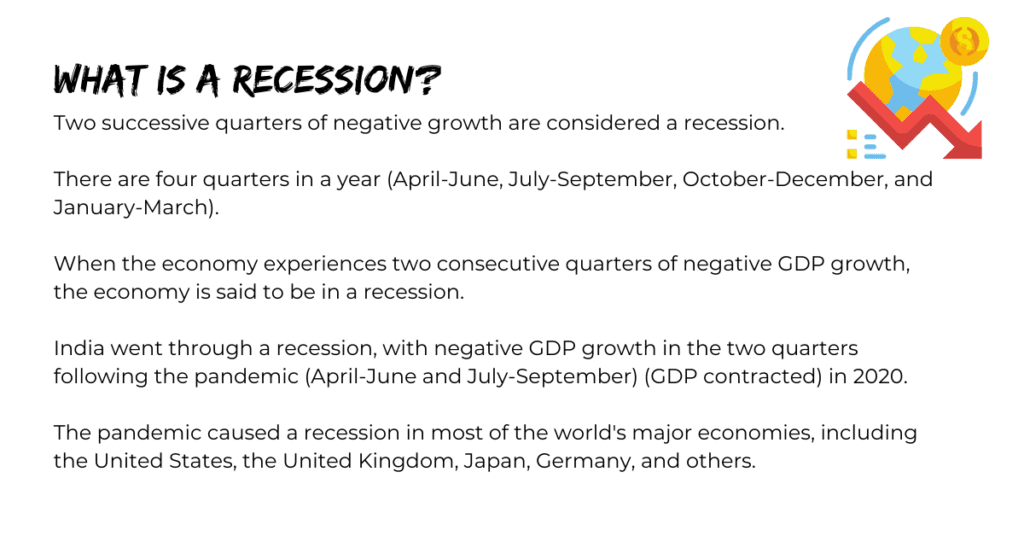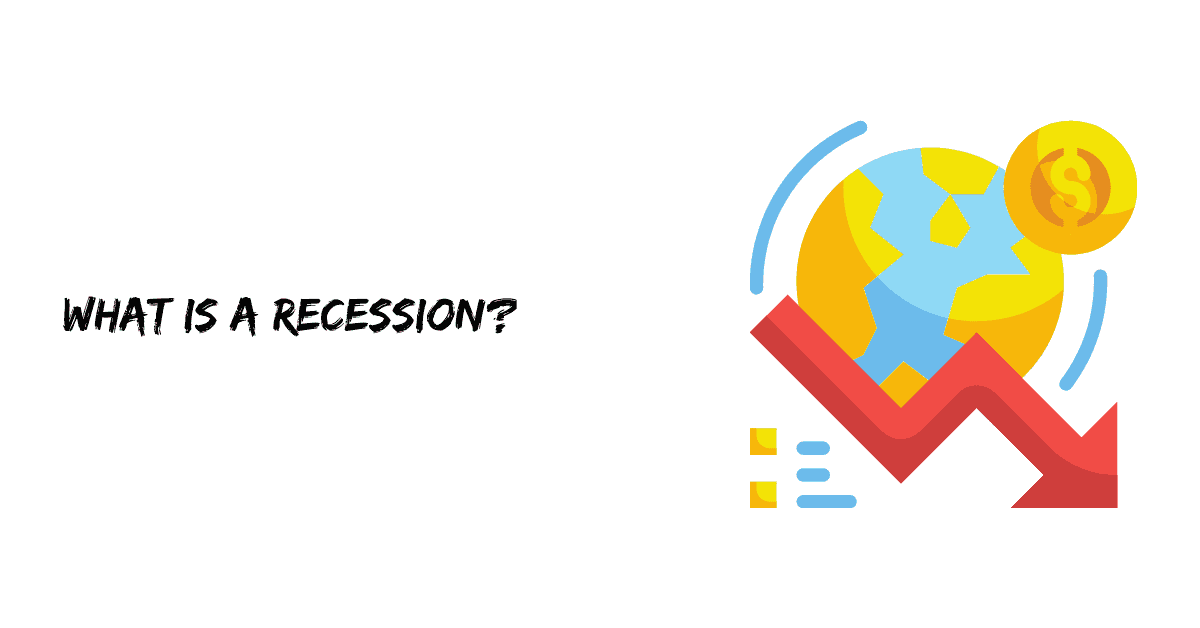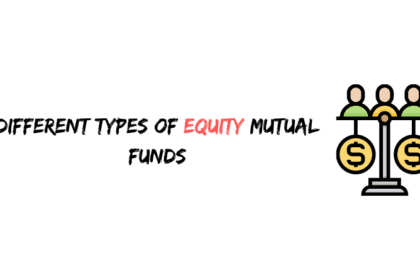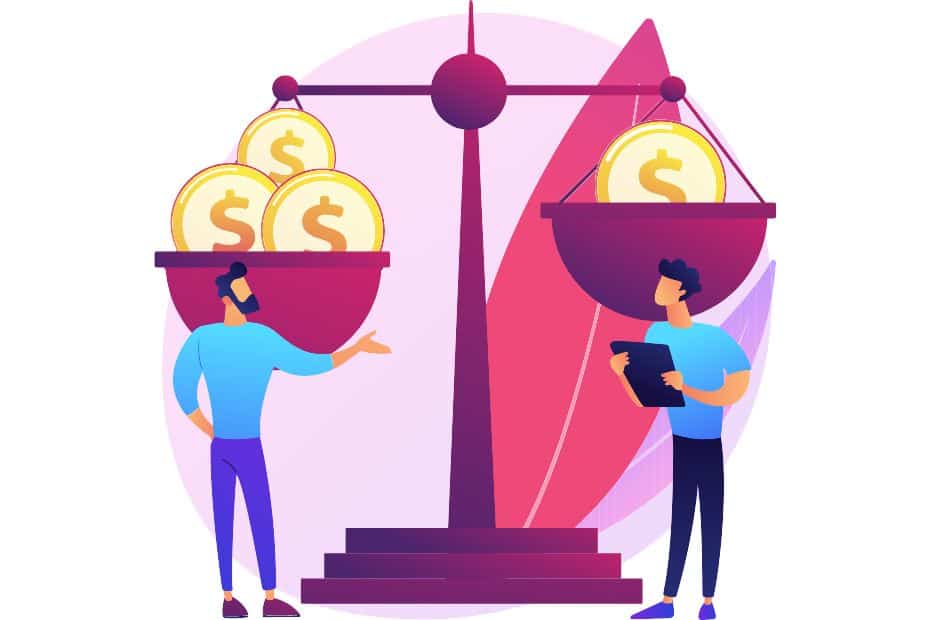Two successive quarters of negative growth are considered a recession.
There are four quarters in a year (April-June, July-September, October-December, and January-March).
When the economy experiences two consecutive quarters of negative GDP growth, the economy is said to be in a recession.
India went through a recession, with negative GDP growth in the two quarters following the pandemic (April-June and July-September) (GDP contracted) in 2020.
The pandemic caused a recession in most of the world’s major economies, including the United States, the United Kingdom, Japan, Germany, and others.















